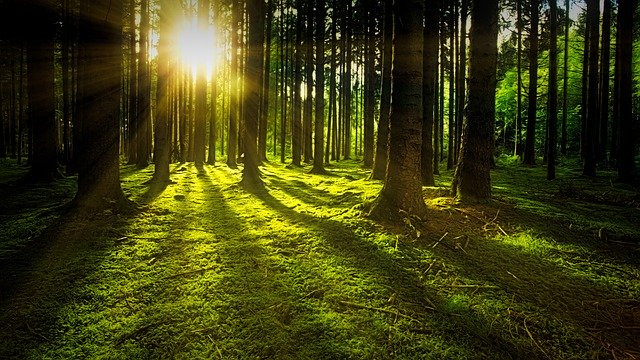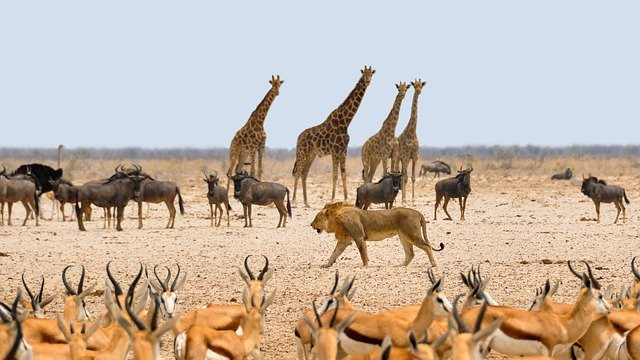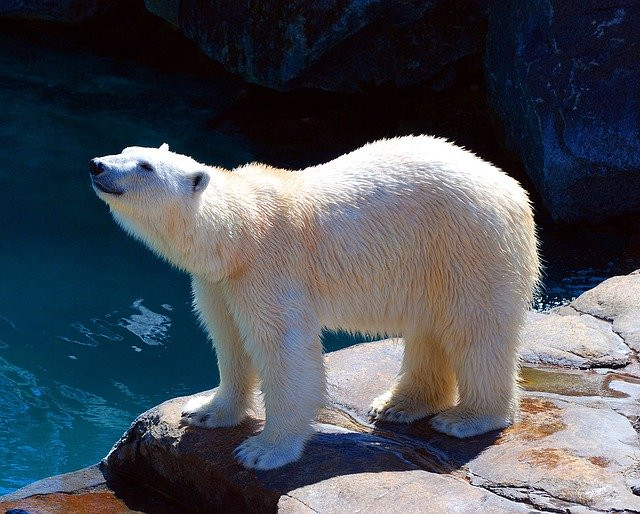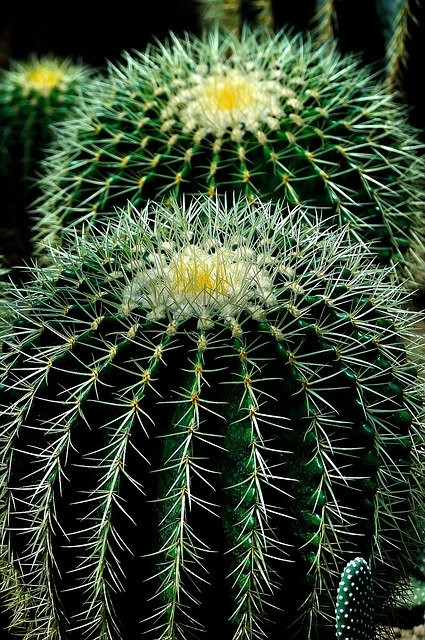Ecosystems and organisms
Ecosystems
Ecosystems contain all the organisms that live within them, they are physical environments with a particular set of conditions (abiotic factors). The organisms within an ecosystem interact though predation and competition. An ecosystem can support itself without the influx of materials or other factors. The only external factor is an energy source (this is usually the sun).
The environment of an ecosystem is made up of:
- The habitat, the physical environment where an animal or plant lives e.g. pond, hedgerow or coral reef.
- A population, the number of a given species in a defined area.
- A community, the total number of all species that live within a habitat at the same time.
The habitat must provide the right conditions for an organism to be able to compete with other species for limited environmental resources. Organisms within the same species will also compete for resources to survive and to breed. Organisms that are specialised are restricted to their type of habitat as they can’t adapt to other environments.
Plants compete for:

- Light
- Water
- Minerals
- Space
Animals compete for:

- Food
- Mates
- Territory
Interdependence
Species may be interdependent on other species within a community; they may depend on others for food, pollination, seed dispersal or shelter. If one species is removed from a habitat it may have a severe impact on another species.
Stable communities contain species whose numbers hardly fluctuate. The physical factors that exist within the habitat are in balance with the population. Tropical rainforests or ancient woodlands are considered stable communities.
Adaptions
To help them to survive in an environment, animals have developed many ways to adapt. Adaptions include:
- Structural – e.g. animals can camouflage to blend into their environments
- Functional – e.g. some worms have blood with a high affinity for oxygen to help them survive in anaerobic environments
- Behavioural – e.g. penguins huddle together to preserve body heat in the Antarctic
Surviving a cold climate

The polar bear has adapted to its cold environment, it has:
- A large bulk and small ears to reduce surface area to volume ratio, thus reducing heat loss.
- A large amount of insulating fat (blubber).
- Thick white fur to help insulate and provide camouflage.
- Large feet to spread its weight on ice or snow.
- Strong legs to help it swim and run to catch its food.
- Sharp claws and teeth to capture prey.
Surviving in a hot climate

The cactus has adapted to its hot desert environment, it has:
- A rounded shape, to create a smaller surface area to volume ratio to reduce water loss.
- Thick waxy cuticle to reduce water loss.
- A spongy layer inside its stem to store water to resist drought.
- Sunken stomata to reduce air movement to minimise the loss of water vapour.
- Leaves that take the form of spikes to reduce water loss and protect the cactus from predators.
Biochemical adaptions
Some organisms have biochemical adaptions. Extremophiles can survive extreme environment conditions.
- Icefish have antifreeze chemicals in their bodies, to lower the freezing point of body fluids.
- Bacteria living in deep sea vents have optimum temperatures for enzymes that are much higher than 37⁰c
- Some organisms can resist high salt concentrations or high pressures.
